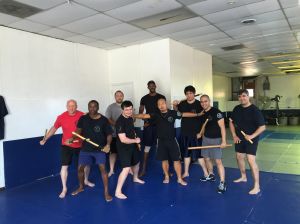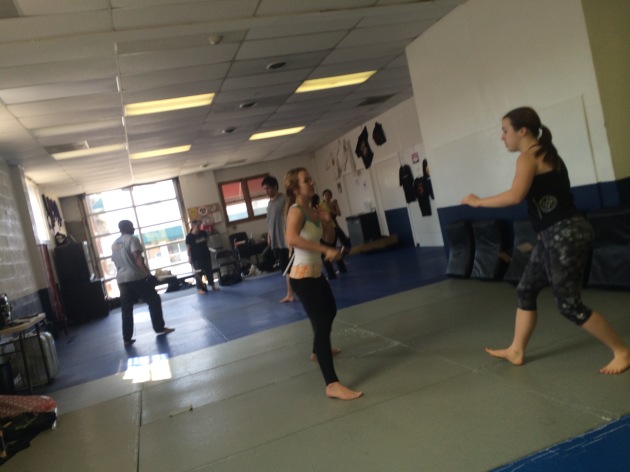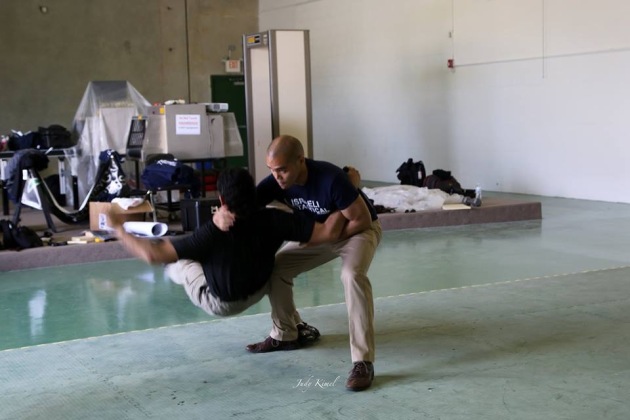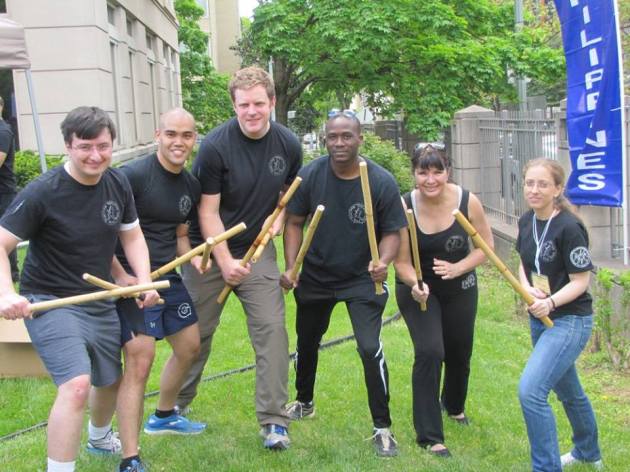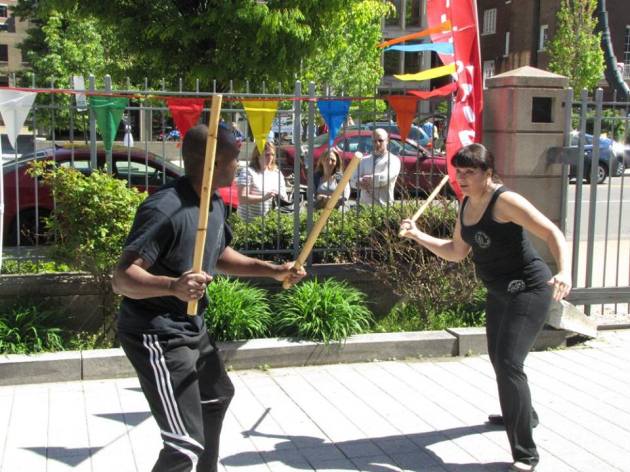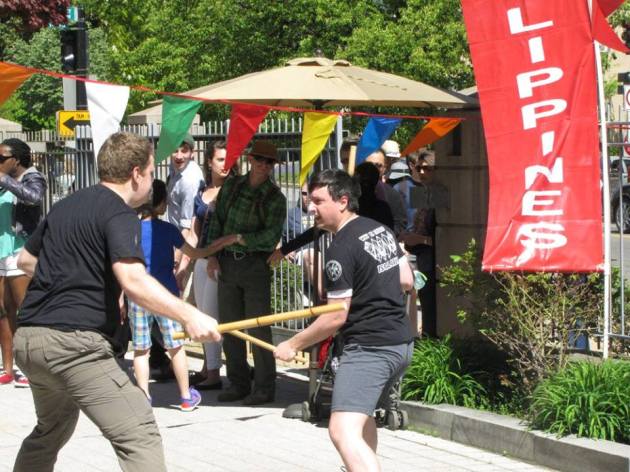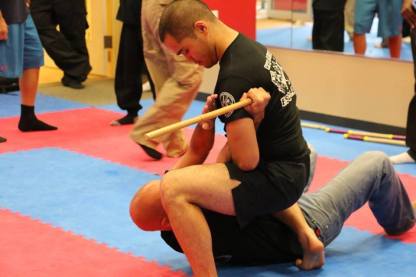
Recently, I’d been reviewing videos and taking part in Knife Defense training with other systems. I have nothing bad to say about their knife or stick defense methods. They are similar to what I have seen prescribed in other edged and impact weapon combat systems. However, as a person who is more accustomed to assuming the attacker point of view, I thought I would flesh out some of the issues in a follow up to my series of articles on knife defense.
To preempt any comments or questions, yes we can all assume that once a knife is involved there is a high probability of getting cut or stabbed and you are welcome to review my articles on specifics in knife fighting. Yes, there is no perfect defense against an armed assailant, however, we do our utmost to remain in the fight and alive.
In almost every other discipline, outside of combat and martial arts, it is essential to anticipate what challenges you may face when attempting to achieve a goal. In the security field as well as many others, this is known as a red team– when you assume the perspective of your adversary and try to identify vulnerabilities. With their findings, you can reinforce or build procedures and defenses against these attacks. Parallels can be drawn from other fields as well such as anticipating sales objections, preparing talking points for academic presentations, functionality testing of software, fire testing materials… the list can go on.
As such, it is absolutely essential to understand the perspective of your attacker in order to develop a robust defense against .
What are the assumptions when you’re only thinking like a defender?
The attacker will swing only a handful of times and with minimal intent. From what I’ve observed, people who train in edged or impact weapon defense that come from empty hand backgrounds have not swung a weapon at another person before. This presents complications since their ranging and timing will be off and are reluctant to strike directly at their partner. As such, they are not providing the correct stimulus for the defender and this can create a false sense of security when they’re within range.
The attacker will only move forward. This is a common assumption I’ve seen and it makes sense in the context of close quarter battles where you’re trapped between cars or in a narrow hallway. However, there is always the option to move laterally or to move backwards. In both instances, a defense that assumes only forward pressure can subject the defender to considerably higher risk of failure and, as a result, injury or death.
The defender can drop the weapon after the defense or disarm. While not always the case, this one has glared at me every time I’d seen a self defense video or been to a class or seminar. What typically happens is that the defender is able to seize the weapon but then drop it to fight another opponent, unarmed. If ingrained, the defender would revert to old habits under pressure and if able to acquire a weapon, will drop it in favor of unarmed techniques thus putting the defender in a disadvantaged position unnecessarily.
Why train from an attacker’s point of view?
The first reason to train with weapons is to gain a solid understanding of how to wield weapons.. This allows you to become a more effective partner when providing stimulus to your training partner in class as you begin to identify vulnerabilities in the defenses that may be used against you. Where is he going to stab me if I block this? How is he going to recover from that swing? These are questions that will have some light shed on them because you and your partners have tried to stab or club each other before.
Second, as you proceed to train from an attacker’s point of view, you think of more directions than only forward. Retreating, stepping laterally, angling- all become options that you must be aware of as you defend.
Third, once a weapon is placed in your hand you have the confidence and experience to be able to wield it, rather than dispose of it under pressure. This is of considerable importance when you have weapons of opportunity in your hand like keys, an umbrella, a bottle, or a newspaper to name a few objects.
Summary
In short, a solid defense against sticks or knives is dependent on a solid understanding of weapons fighting. The lack of this skill, while not terrible, reduces the effectiveness of your own techniques. Ultimately, if you want to develop a well-rounded skill set and the mindset to use any weapon, be they edged, impact, or anatomical, it is essential to learn to wield them all and be your own red team.
Hope you all enjoyed and Happy Valentine’s day to everyone.
Improve your edged and impact weapons skills along with your self defense training by emailing info@stickandknifefighting.com or calling 703-594-7680 for a free first class, to book a private session, or schedule a seminar for your club or organization.
Visit DC Lightning Scientific Arnis website at www.stickandknifefighting.com to learn more.



